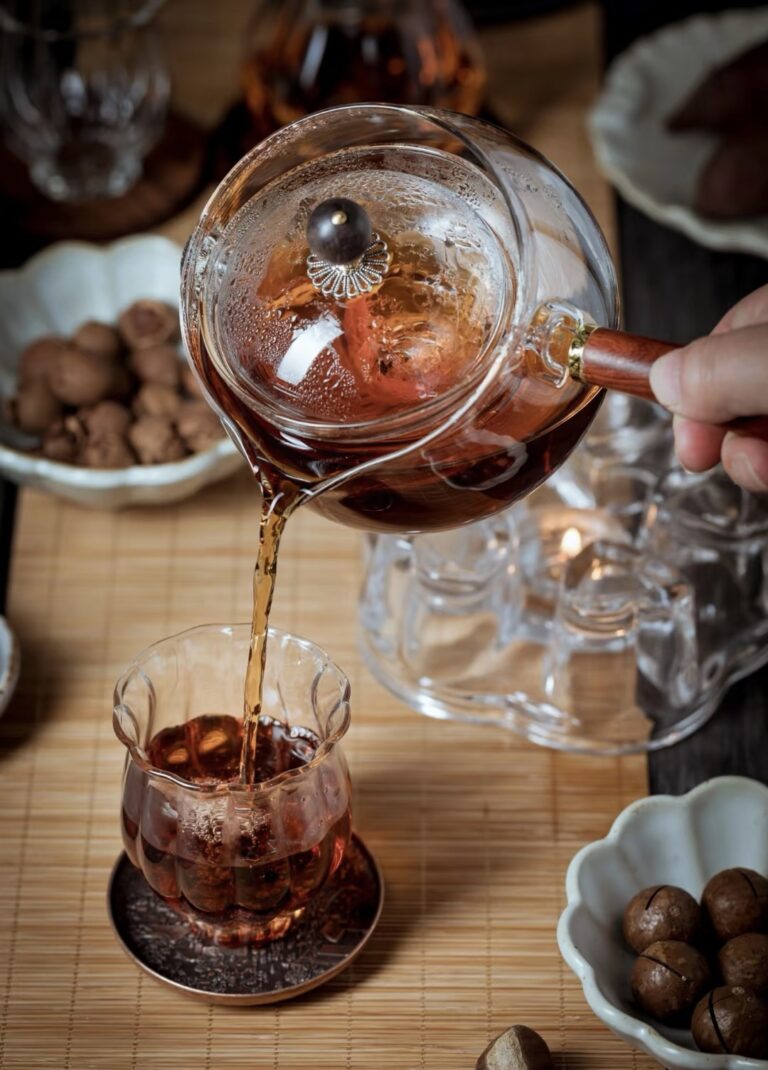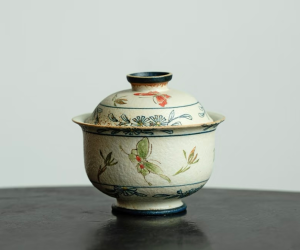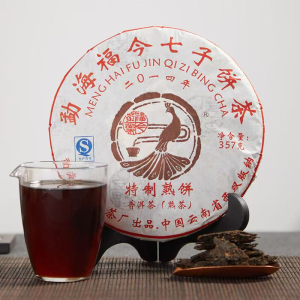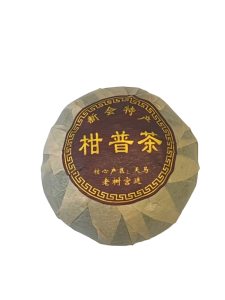
Entering the world of Chinese tea can feel overwhelming, especially when faced with captivating choices like Pu Erh and Oolong. Both offer unique flavors and rich histories, but they are fundamentally different. So, which one should you choose?
This guide will give you a direct comparison of Pu Erh vs. Oolong, breaking down the key differences in taste, caffeine, health benefits, and brewing so you can confidently pick your perfect match.
Pu Erh vs. Oolong: The Quick Comparison
For a quick overview, here’s a side-by-side look at what sets these two teas apart.
| Key Characteristic | Pu Erh Tea | Oolong Tea |
| Tea Type | Post-fermented | Semi-fermented |
| Primary Origin | Yunnan, China | Fujian, Guangdong, Taiwan |
| Flavor Profile | Smooth, earthy, rich, with woody or sweet notes | Highly varied: from light and floral to dark and roasted |
| Tea Color | Golden yellow to deep, dark reddish-brown | Light gold to rich amber |
| Caffeine Level | Moderate to high | Moderate |
| Defining Feature | Ages and improves over time, like fine wine | Masterfully crafted to achieve a specific aroma |
The Deep Dive: What Really Sets Them Apart?

Flavor & Aroma: Earthy & Rich vs. Floral & Fragrant
The most immediate difference is taste. Pu Erh Tea is known for its deep, smooth, and earthy character. Ripe (Shou) Pu Erh offers a remarkably mellow and comforting profile with notes of damp earth, camphor, or dark chocolate. Raw (Sheng) Pu Erh starts off more vibrant and astringent, but with age, it develops incredible complexity and depth.
Oolong Tea, on the other hand, is a master of aroma. Its flavor spectrum is vast, ranging from light, floral, and creamy notes in a lightly oxidized Tie Guan Yin, to the rich, toasty, and mineral notes of a dark-roasted Da Hong Pao. If you are a drinker who loves to explore a wide range of captivating fragrances, Oolong is your playground.
Craft & Brewing: The Art of Transformation
The unique qualities of these teas come from their processing. Pu Erh undergoes a “post-fermentation” process where microbial activity transforms the leaves over time. Brewing it, especially a compressed cake, requires high-temperature water to awaken the leaves. Mastering the brew is a rewarding experience, especially when using traditional teaware like a Gaiwan or Yixing Teapot.
Oolong is “semi-fermented,” a delicate process where the tea master skillfully controls the level of oxidation. This places it perfectly between green and black tea. Oolongs are generally more forgiving for beginners to brew, often requiring slightly cooler water and shorter steeping times than Pu Erh.
Health Benefits: Which One Fits Your Lifestyle?
While both teas are rich in antioxidants, they are often chosen for different wellness goals. According to the National Center for Complementary and Integrative Health (NCCIH), the compounds in tea have shown positive effects on health.
- Oolong Tea is often celebrated for its ability to boost metabolism. The unique polyphenols in Oolong may help increase energy expenditure, making it a popular choice for those focused on weight management and an active lifestyle.
- Pu Erh Tea is famously praised for its digestive properties. Many enjoy a cup of Ripe Pu Erh after a heavy meal to help soothe the stomach and aid digestion. If you’re looking for a gentle, grounding tea for digestive wellness, Pu Erh is an excellent choice.
The Verdict: Which Tea Is Right for You?
So, which tea should you start with? The answer lies in your personal preferences.
- Choose Pu Erh Tea if:
- You enjoy rich, smooth, and full-bodied flavors.
- You are fascinated by the idea of aging tea and watching its flavor evolve.
- You want a comforting, after-meal digestive aid.
- Choose Oolong Tea if:
- You are an aroma lover and enjoy exploring floral, fruity, or roasted notes.
- You want a versatile tea that can be both refreshing and richly complex.
- You’re looking for a daily drink to potentially support your metabolism.
Now that you understand the difference, the best way to find your favorite is to taste them.
➡️ Drawn to the deep, aged character of Pu Erh? Explore our curated Pu Erh Tea Collection here.
➡️ Intrigued by the fragrant, complex notes of Oolong? Discover our bestselling Oolong Teas here.
Frequently Asked Questions (FAQ)
The main difference is fermentation. Pu Erh is a “post-fermented” tea that ages over time, developing an earthy, smooth flavor. Oolong is a “semi-fermented” tea known for its wide range of aromatic, floral, or roasted flavors.
Generally, Pu Erh tea may have a slightly higher caffeine content than Oolong, especially when brewed with very hot water for longer periods. However, both typically contain less caffeine than a standard cup of coffee.
We generally recommend beginners start with a lightly roasted Oolong. Its flavors are often more approachable and the brewing process is more forgiving. Once you are comfortable with tea, exploring the deep world of Pu Erh can be incredibly rewarding.
Absolutely. Both high-quality Pu Erh and Oolong are designed to be steeped multiple times, often 5-8 times or more. Each infusion will reveal a new layer of flavor and aroma, which is a core part of the drinking experience.







